It only took Machinist’s Mate Auxiliary Fireman Gabriel A. Romero a few seconds to fatally shoot two Pearl Harbor Naval Shipyard workers and injure another before turning his service-issued M-9 pistol on himself last December.
But signs of the 22-year-old’s mental health issues, and the Navy’s failure to help him, were months in the making, according to an investigation into the shooting obtained by Navy Times.
The investigation suggests troubling deficiencies with a premier mental health resource for submariners in the U.S. Navy, while showcasing an array of warning lights around Romero that Navy leaders only recognized after the fact.
Led by Rear Adm. Scott D. Jones and featuring a multidisciplinary team of investigators, the investigation report showcases how a troubled sailor’s chain of command and medical providers failed to combine efforts to keep everyone safe.
In particular, it suggests that Romero was underdiagnosed by U.S. Submarine Force Pacific providers so that the fast-attack submarine Columbia wouldn’t lose a sailor on its muster sheet.
RELATED
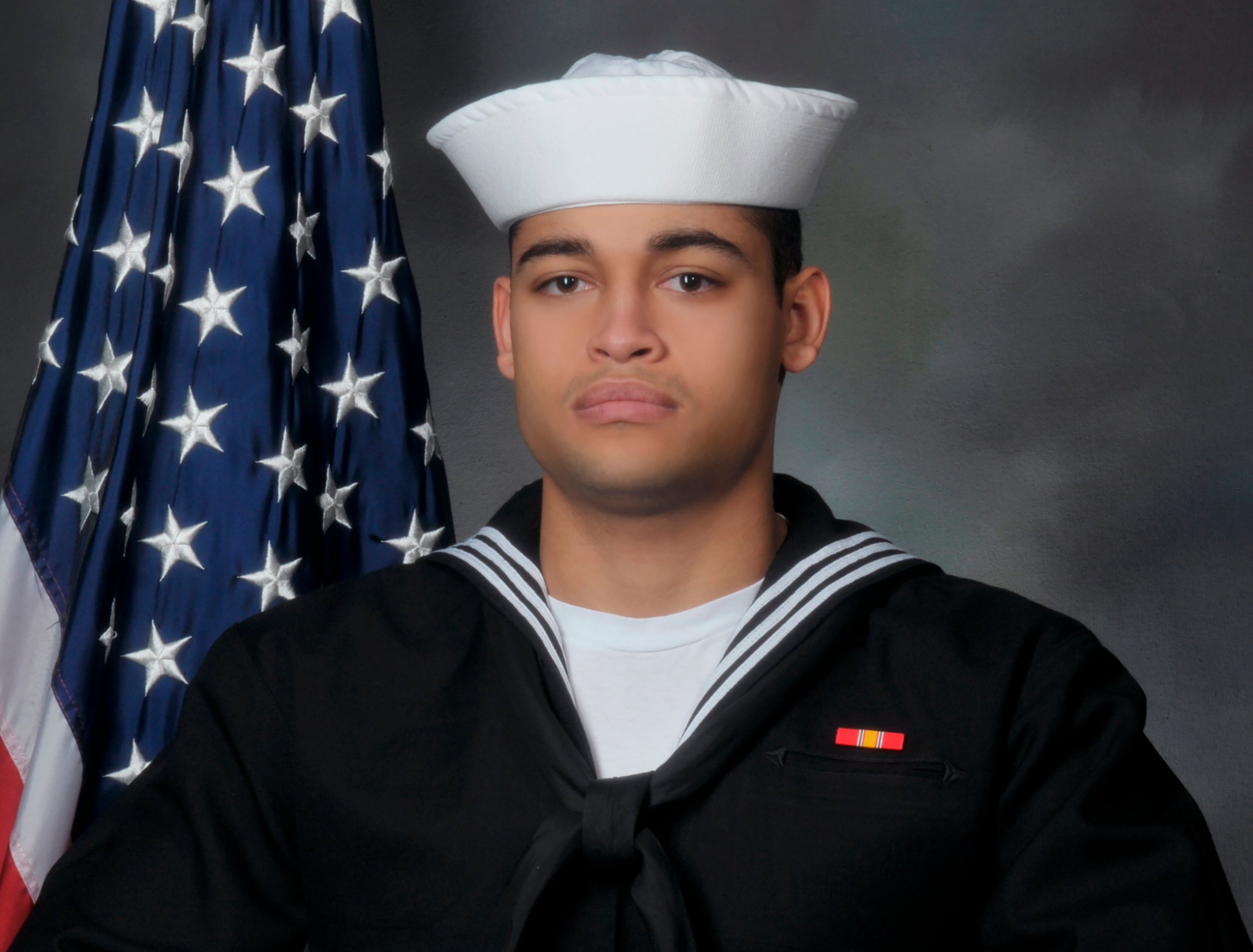
That alleged misdiagnosis came about via the Submarine Embedded Mental Health Program, or eMHP.
Stood up in 2016 much-touted program aims to get submariners “expeditious access to mental health care … with the expectation of returning patients to ‘Full Duty,’” according to the Navy.
But in SUBPAC’s eMPH, Jones' investigators found evidence that Romero and other sailors were not properly diagnosed in this system so that boats wouldn’t lose sailors.
“A review of Romero’s care and eMHP Clinic diagnostic data indicate a potential pattern of under-diagnosis to maintain patients on submarine duty,” the report states. “The submarine community embraced eMHP, at least in part as a means to decrease ‘unplanned losses,’ a term that includes Sailors who are disqualified from submarine duty, often as a consequence of a mental disorder.”
Romero visited the clinic eight times in the three months before the shooting, but he only saw a licensed psychologist once and was not diagnosed with a mental disorder, the report found.
For those other meetings, Romero talked to an unlicensed E-5 corpsman serving as a behavioral health technician, doing the delicate work of mental health care with no formal education or even supervision from SUBPAC’s force psychologist.
“Because Romero was not diagnosed with a mental disorder, he remained qualified for submarine duty without any limitations,” Jones wrote.
A forensic psychiatrist on Jones' team later concluded that “Romero was likely underdiagnosed during his only appointment with a licensed mental health provider, and as a consequence, his condition was managed inadequately.”
The eMHP’s approach “raises concerns about situations where a Sailor should be referred for mental health treatment,” wrote Adm. John Aquilino, the head of U.S. Pacific Fleet, in an April letter endorsing the investigation’s findings. “While manning and readiness is a consideration for the submarine community, these should not be primary factors when evaluating a Sailor for a mental health diagnosis which may require treatment.”
In interviews with Jones' investigators, the SUBPAC’s force psychologist — whose name is redacted in the released report — defended not diagnosing Romero with a mental disorder.
“He explained that the submarine community selects many Sailors who present themselves just like Romero,” the investigator wrote. “These Sailors have decent analytic skills, good scores on the Armed Services Vocational Aptitude Battery, and yet some have poor social skills.”
“In the Force Psychologist’s opinion, if the Navy disqualified all submariners similar to Romero based on the indicators at the time, disqualification from submarine duty would noticeably increase and have a negative impact on readiness,” he continued.
A Texas native, Romero had popped up on the military healthcare radar in the spring of 2019, but due to computer issues a referral from Tripler Army Medical Center to the eMHP never arrived, and no one from Tripler called or emailed to ensure it got through, delaying his treatment for months, the report states.
The report also signals how previous erratic behaviors can take on profound significance after horrific events like the Dec. 4 shootings.
Medical officials, the chain of command and shipmates didn’t recall Romero ever voicing the desire to harm himself or others, and the junior sailor denied having such thoughts.
But there was his lackluster work performance, crying at disciplinary hearings and other unstable actions that took on extra significance after the shootings.
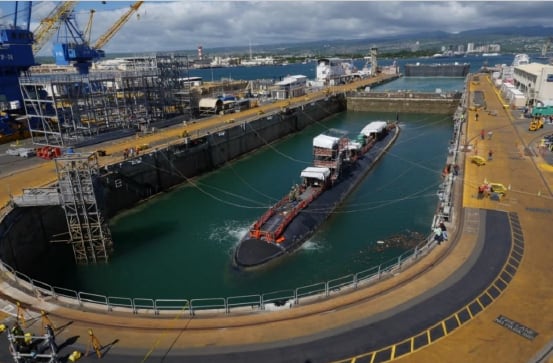
The eMPH is supposed to marshal efforts to help sailors in need, uniting their command and medical officials.
That didn’t happen in Romero’s case, investigators found.
“The investigating team determined that Romero had long-developing problems that in aggregate should have raised concerns about his mental condition, and his maturity, stability, and dependability,” Jones wrote. “If these risk factors would have been shared among medical providers and the USS COLUMBIA chain of command before December 4, 2019, the Navy may have interrupted the chain of events that led to this tragedy.”
Nine sailors killed themselves with their service-issued weapons from 2017 to 2019. Four of them were in the sub force, according to the report.
Jones' report contains a myriad of suggested reforms on everything from mental-health resources to how a shipyard handles an active shooter.
In a statement Tuesday, the Navy said a special working group, the Security Coordination Board, had been stood up to oversee implementation of the reforms.
It remains unclear if any officers or senior enlisted leaders have been disciplined in connection to the Romero shooting.
The “Accountability” section of the report, where Jones recommended disciplinary measures, is blacked out in the copy provided to Navy Times.
Pacific Fleet spokesman Cmdr. Myers Vasquez declined to comment on the disciplinary path ahead, but emailed a statement that “leadership will be reviewing this incident; however, due to the Privacy Act, it would be inappropriate to comment.”
Such a horrifying act is hard to forecast, Aquilino noted in his endorsement.
“Even if all of Romero’s mental health, personal issues, and grievances had been known and taken into consideration, no one could have reasonably predicted that he would engage in this ultimate act of murder and suicide,” he wrote. “This lack of predictability in mass shooting incidents, despite information that often does emerge after the fact as ‘warning signs,’ has confounded experts across the globe.”
‘I am ready to relieve you’
Romero arrived at the Pearl Harbor Naval Shipyard and Intermediate Maintenance Facility’s Dry Dock 2 for security watch just after 2 p.m. on Dec. 4
Columbia had been parked at the dry dock for just more a year by then, underdoing a major maintenance availability.
The sailor Romero relieved, who is not named in the released report, recalled nothing out of the ordinary.
“I am ready to relieve you,” Romero told the sailor as they stood at a guard shack on the port side of the boat.
“I am ready to be relieved,” the sailor answered.
With their boilerplate exchange complete, Romero took custody of a Navy M-4 rifle and M-9 pistol.
“I’ll be back,” Romero told the petty officer of the deck.
Romero made his way around the dock to the Columbia’s starboard side, where Vincent Kapoi Jr., Roldan Agustin and Roger Nakamine were walking.
He passed them, turned around came up from behind.
“The Petty Officer of the Deck observed Romero chamber a round, raise his M-4 rifle, and begin firing at the civilians,” the report states. “The three civilians fell to the ground 15-20 feet in front of Romero at the head of Dry Dock 2.”
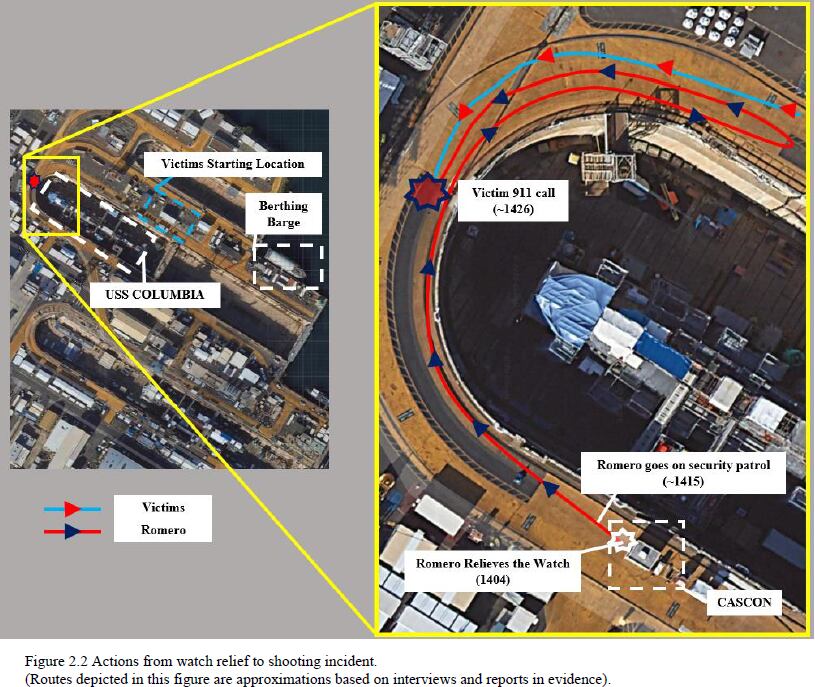
As the petty officer watched Romero open fire, he drew his own weapon and got on the sub’s main circuit to warn sailors that an active shooter might be heading for the hatch.
“Repel Boarders, shots fired, Romero is shooting shipyard workers,” he said.
The duty chief was about 200 yards away with crewmembers training on the ship’s barge.
As the call went out, some Columbia shipmates scrambled down to the sub to arm the self-defense force, while others took cover on the dock behind nearby structures.
Kapoi and Agustin both died from the gunshots.
Their families could not be reached for comment on the report’s findings.
Agustin, 49, was a metal inspector and Navy veteran who was born in the Philippines and was survived by an extended family who loved him.
“My friend Roldan was an individual who was always there when he was needed,” a friend wrote in an online remembrance shortly after his death. “He always gave back from the heart.”
Kapoi, 30, was a metals inspector apprentice at the yard who had just married his wife in April of 2019.
“He was a loved person of few words with a kind heart and a gentle soul,” his obituary recalled.
Romero’s third victim, Roger Nakamine, survived and “was conscious enough to make a 911 phone call,” the investigation states.
He could not be reached for comment this week but issued a statement after the shooting asking for privacy while he recovered.
“While the victims lay on the ground, and before first responders were on the scene, Romero used his M-9 pistol to shoot himself,” it continues. “The shooting only lasted a few seconds from beginning to end.”
Romero’s family released a statement shortly after the shooting.
“The family knows none of their words can replace your lost loved ones or assuage your pain but hopes that you may find strength and solace over the coming months and years,” said the statement released by Phil Meyer, a San Antonio lawyer asking as a spokesman for the family.
Meyer declined comment Tuesday, saying he had not yet read the report.
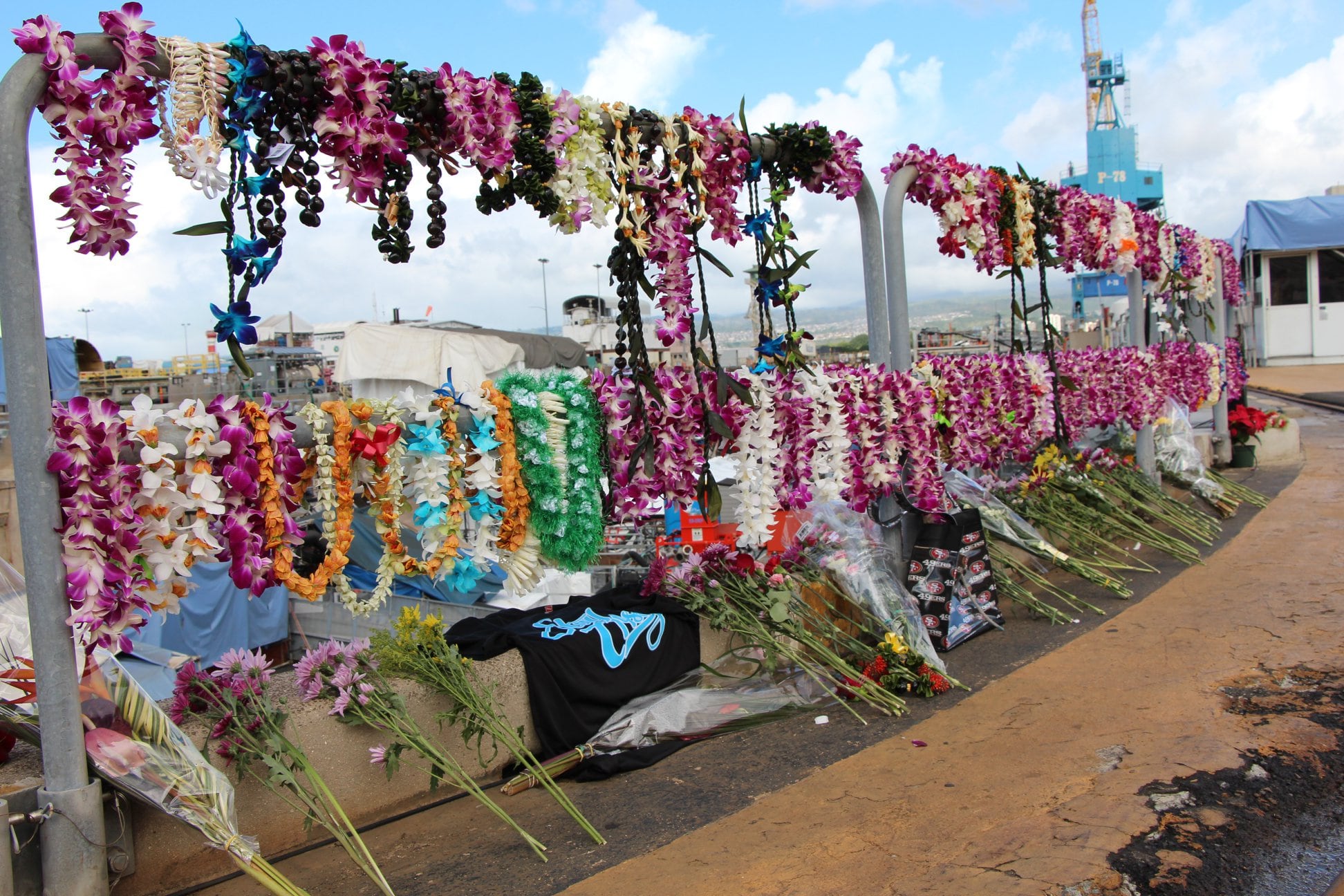
‘Nothing abnormal’
A recurring theme of the probe concerns the fact that Romero had no documented mental health issues before coming aboard Columbia in June 2018.
“Romero did not exhibit the vast majority of other indicators of potentially violent behavior,” Jones wrote. “He had no prior history of violent behavior or of threatening violent behavior. He never expressed homicidal or suicidal thoughts. He had no record of alcohol or drug abuse, criminal affiliations, financial problems, weapons mishandling, or interest in previous shooting incidents.”
“No effective formula exists to predict violent behavior with any level of accuracy,” he wrote.
He volunteered for submarine duty and there were no indications of any other health issues as he made his way through boot camp and A school.
“Nothing abnormal was noted,” the report states.
But according to the investigation, things on Columbia grew difficult for the junior sailor.
Romero qualified to stand armed watch and barge security watch, but he “quickly fell behind in his other qualifications” and was unable to level up on more complex or demanding quals, the investigator wrote.
He received 10 counseling chits in the months before the shooting and had “unusually poor work performance,” the report states.
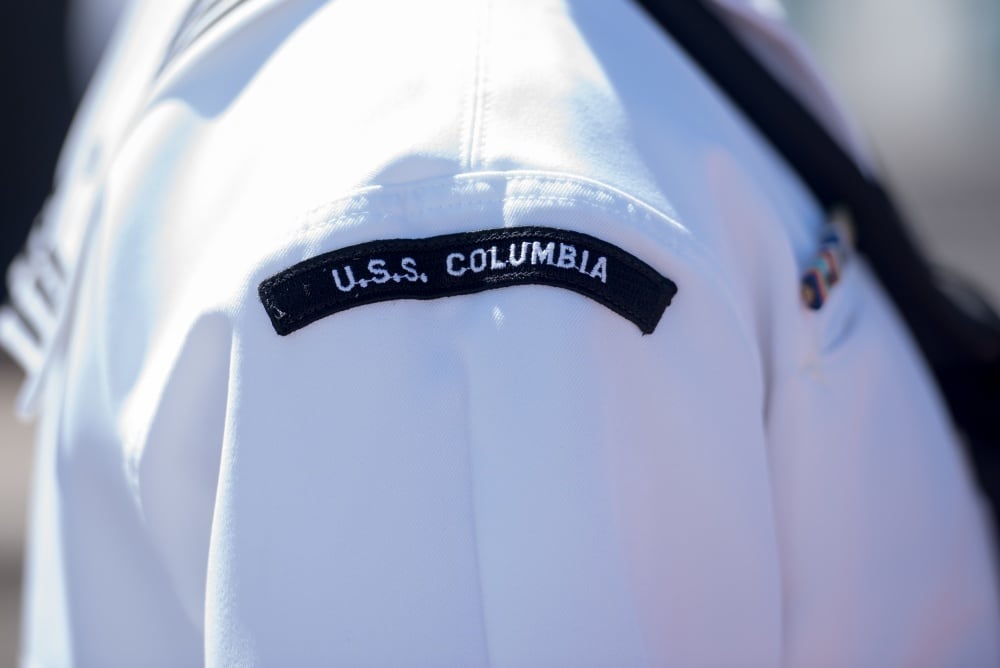
Off duty, Romero lived in the barracks and carried on relationships with two local women, but the report characterizes those relationships as “chaotic.”
“He regularly exhibited jealousy and insecurity,” the report states.
Other sailors recalled incidents of Romero “punching a locker in anger, and yelling at a shipmate when he suggested Romero seek counseling to deal with stress,” the report states.
In his journal and in conversations with medical officials, Romero reported feeling that “he lacked a sense of belonging, felt alienated from his shipmates, and walked into a working environment that was not the best.”
“In his private journal, he made apparent reference to shipmates as ‘dumb, fucking rats and animals’ who assumed he was ‘some horribly lazy, shitbag, that doesn’t give two shits about the Columbia and the crew,’” the report states.
“A third class petty officer described one episode in May or June 2019 in which Romero was crying, and when the third class petty officer went over to talk with him, Romero shared that he was tired of work, and people treating him badly and calling him stupid,” the report states.
If shipmates had reported Romero’s behavior, others in the chain of command may have been able to triangulate it with other information and removed him from armed watch standing, the report states.
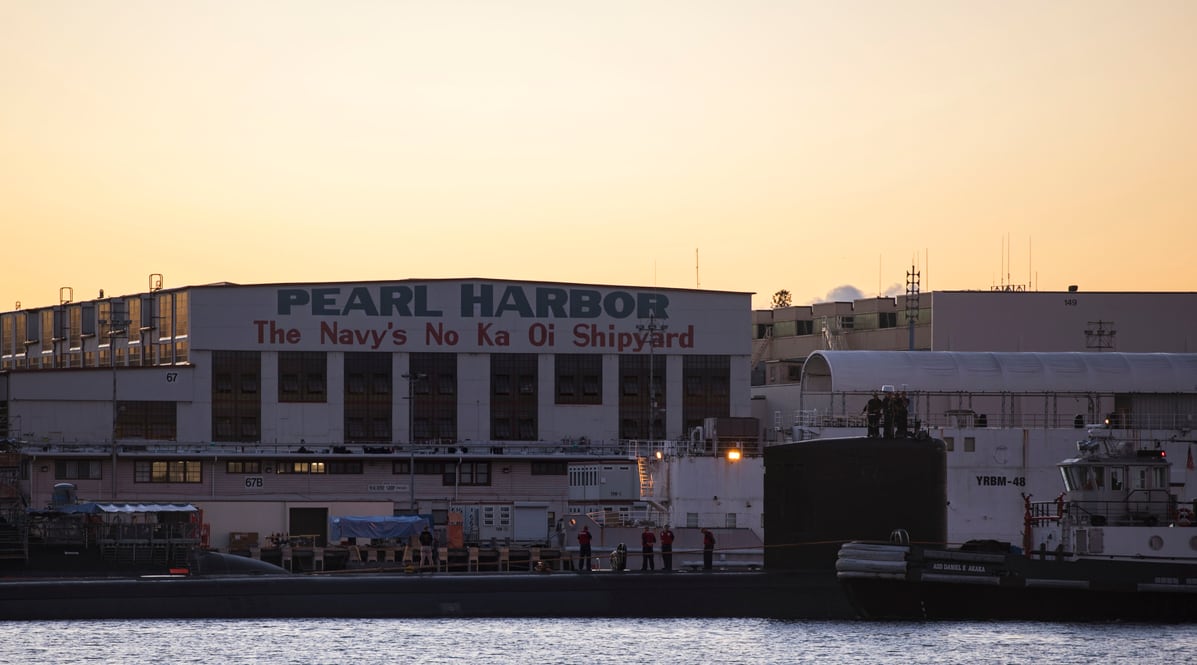
On Nov. 4, Romero was sent to the fast-attack sub Chicago to finish the work needed to get his helmsman qualification en route to his submarine warfare pin.
The investigation showed he struggled there as well.
Chicago was dealing with its own issues, as an armed watch stander had committed suicide on the boat that summer, according to the investigation.
The boat soon sent him back to the Columbia to learn more about the quals.
‘I feel like something bad is going to happen’
Romero appears to have first popped up on the military mental health system’s radar months earlier, on March 4, 2019, when he went to the emergency room at nearby Tripler Army Medical Center “reporting that he had difficulty focusing at a traffic court hearing earlier that day.”
He denied any homicidal or suicidal ideations and hospital staff told his division chief he was not a risk to others or himself, according to the report.
Staff there noted that Romero “had a possible Attention Deficit Disorder,” according to the investigation.
Tripler referred him to the eMHP clinic for further evaluation and treatment, but according to the investigation, that referral never made it.
“The eMHP Clinic cannot receive outpatient referrals through the electronic medical record system, and the (Tripler) staff did not inform the division chief, the eMHP staff, or USS COLUMBIA’s medical department representative (MDR) by telephone, email or other means,” Jones wrote.
Nonetheless, Romero ended up at the clinic in September 2019.
He met with SUBPAC’s force psychologist after Columbia’s chief of the boat arranged “an urgent appointment” for Romero.
The junior sailor wouldn’t talk about his problems and was upset about the declining health of someone whose name is redacted in the report.
The force psychologist met with Romero for about 90 minutes.
“Odd, awkward, guarded, confused,” the provider wrote in evaluation notes.
On a questionnaire, Romero scribbled circles around answers indicating that he frequently felt no interest in things, that he “almost always” had difficulty concentrating and that he frequently felt that “something is wrong with my mind.”
RELATED
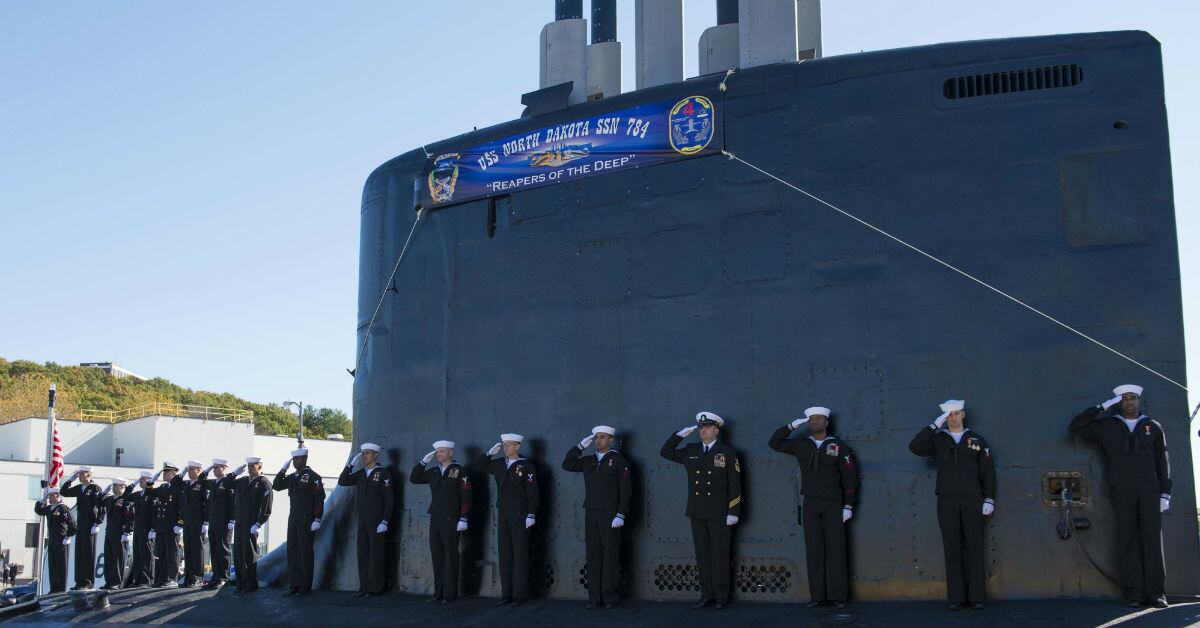
He circled “sometimes” for statements such as, “I feel like something bad is going to happen,” for feeling hopeless about the future and for having disturbing thoughts “I can’t get rid of.”
His intake revealed a score “consistent with mental health diagnosis for patients in treatment,” the investigation states.
Still, Romero denied any history of violent behavior, thoughts of self-harm or harming others, “and he indicated that he felt safe with work access to firearms.”
The force psychologist only diagnosed Romero with “Phase of Life Problems,” and “Unspecified Problem Related to Unspecified Psychosocial Circumstances.”
But Jones' investigators found that “Romero showed signs of an undiagnosed mental disorder that likely would have disqualified him from submarine duty.”
That was the first and last time the licensed psychologist would see Romero.
Instead, he had Romero continue individual therapy with a non-licensed E-5 corpsman “behavioral health technician,” whom he met with on seven occasions through September and October.
The force psychologist’s oversight of the corpsman “was always after appointments and consisted of informal documentation review and editing,” investigators found.
The psychologist never reevaluated Romero.
According to the investigation, Navy regs state that such corpsmen are supposed to handle administrative and clinical support duties, while providing other services “under the supervision of the eMHP provider.”
“Supplemental guidance on the appropriate scope of practice calls into question whether a behavioral health technician can provide individual counseling in a clinic setting without the presence of a licensed independent provider,” Jones wrote.
“Romero never expressed suicidal ideations or threats of violence toward others during his eMHP Clinic visits,” he noted.
Later, a forensic psychiatrist on Jones' investigative team identified a pattern of behavior “that associated with a mental disorder.”
The psychiatrist produced a series of diagnoses that potentially applied to Romero, beginning with the most likely:
“Autistic Spectrum Disorder; Attention Deficit and Hyperactivity Disorder; Social Anxiety Disorder; Personality Disorder (Avoidant and Borderline features); Anxiety Disorder; Depressive Disorder; and Adjustment Disorder.”
All those diagnoses would have disqualified Romero from sub duty, except for Adjustment Disorder, which would have had to been resolved in 90 days for him to remain on the boat, according to the report.
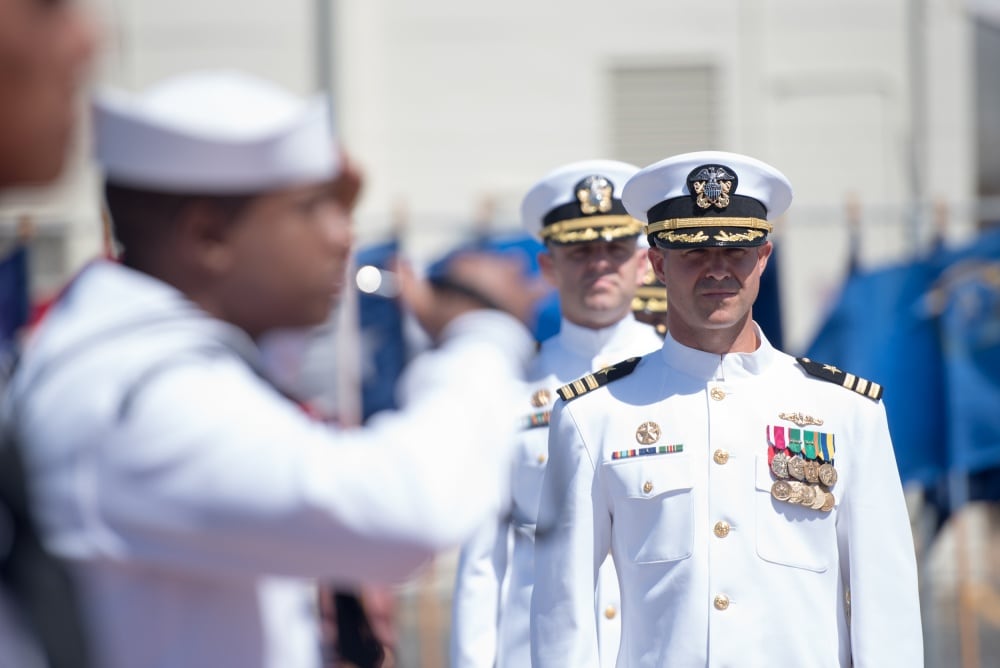
Siloed efforts
A hallmark of the eMHP concept is that the patient, provider and the patient’s command all work together to help that shipmate.
But the SUBPAC eMHP never presented a plan to Romero and his command regarding his mental health treatment, a misstep investigators ascribed to the clinic interpreting a Defense Department patient confidentiality provision too broadly.
The lack of communication extended to the boat as well, resulting in several missed chances to remove Romero from armed watch standing.
Clinic officials admitted that a manning shortage at the facility likely impeded the ability for everyone to get on the same page, as the billets for a clinical psychologist and senior corpsman remained unfilled at the time.
The force psychologist was dual-hatting as a provider.
The report acknowledges that balancing patient confidentiality with the needs of the unit is a complex proposition.
“The DoD policy on confidentiality is central to removing the stigma of seeking mental health treatment and building trust between medical providers and patients,” Jones wrote.
At the same time, he wrote, “a better balance must be achieved between confidentiality and sharing information to improve care, and ensure that high-risk personnel are identified and appropriately monitored, especially when Sailors are given access to means that can kill.”
Instead, clinic officials “informed Romero to self-report to his command if his mental health condition worsened such that he should not be armed.”
No one in Romero’s chain of command ever discussed his ER visit to Tripler or his eight trips to the eMHP clinic with the sub’s medical department representative, or MDR, who is supposed to be the junior sailor’s primary care provider, investigators found.
“Romero’s division chief stated that Romero did not want to go to the MDR, an enlisted corpsman (E-6), and that the MDR would often tell Sailors to stop complaining,” the report states. “The (chief of the boat) admitted that the MDR could be brash with junior Sailors, but he was a top performer. The CO thought the MDR did his job well.”
From the CO, Cmdr. Tyler Forrest, on down, much of Romero’s chain of command told investigators they were unaware he was even receiving mental health counseling.
The weapons officer of the small arms program called Romero a “below average” sailor but also said he didn’t know Romero was in counseling and would have removed him if he did.
“The chain of command should have communicated with the weapons officer and made a decision to rescreen and consider removing Romero from armed watch based on the combination of Romero’s personal and work-related problems,” the report states.
All three members of the command triad maintained they had no reason to remove Romero from the armed watch bill.
“From their perspective, he was qualified and fit for submarine duty and to stand the watch, and his continuing eMHP therapy demonstrated increased access to care and reduced stigma associated with mental health treatment,” Jones wrote.
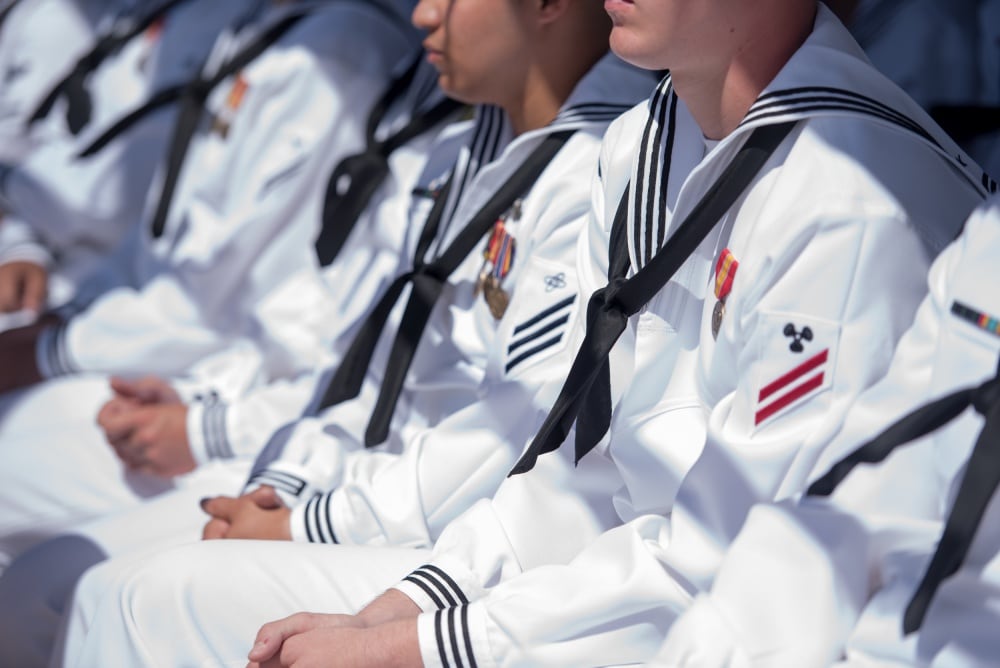
‘He began crying’
Two weeks before the shooting, on Nov. 21, Romero went before a disciplinary review board over his “repeated tardiness and qualification delinquency.”
“As Romero often did when counseled for poor performance, he began crying at the DRB,” Jones wrote.
The chiefs' recommendation was to hold an Executive Officer Inquiry, or XOI.
Five days later, Romero was told he didn’t pass the advancement exam and wouldn’t be promoted to E-4.
A day before the shooting, the XOI was conducted on the basis of a “a pattern of misconduct” that included being late to muster, watch relief and duty section.
“The XO asked Romero if his mother would be happy if she knew he was squandering the opportunity the Navy gave him,” Jones wrote. “Romero became emotional and began to cry, expressing he wanted to stay in the Navy.”
The XO did not refer the charge to the commanding officer for non-judicial punishment and instead issued him a “Page 13,” or written counseling.
Romero initially didn’t sign it because the XO told him he could do it by the end of the week.
“IF I AM LATE TO WORK AGAIN, I WILL BE HELD ACCOUNTABLE AT CO’S NJP,” the letter warned.
The XO had intended to deliver it to Romero personally on Dec. 4, a Wednesday.
“The Page 13 was not signed or delivered before the shooting incident,” Jones wrote.
If you, a friend or a loved one is in crisis, please connect with a trained counselor now. Confidential, immediate help is available 24/7 at no cost to active duty, Guard and reserve members, their families and friends. Contact the Military Crisis Line at 800-273-8255, then press 1, or access online chat by texting 838255. Your life matters.
Geoff is the managing editor of Military Times, but he still loves writing stories. He covered Iraq and Afghanistan extensively and was a reporter at the Chicago Tribune. He welcomes any and all kinds of tips at geoffz@militarytimes.com.





